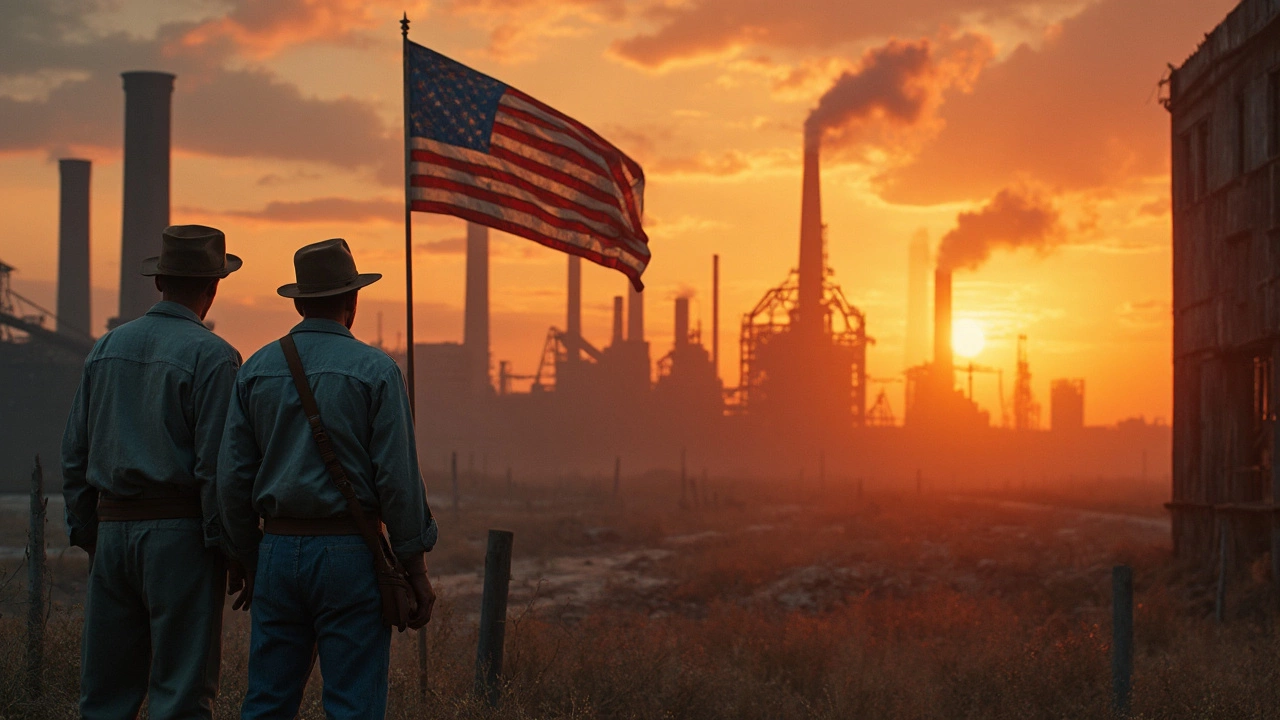American Steel: What It Is, Where It’s Made, and Why It Matters
When you hear "American steel," you’re hearing about a material that builds bridges, cars, and even your kitchen appliances. It’s not just iron; it’s a product of a network of mines, mills, and workers across the United States. Understanding the basics helps you decide if you need it for a project, how price changes affect you, and why policy debates keep popping up.
Where American Steel Comes From
The heart of US steel starts with raw iron ore, often sourced from the Great Lakes region—Minnesota, Michigan, and Wisconsin. From there, the ore travels to integrated steel mills in places like Pittsburgh, Gary (Indiana), and Birmingham. These mills melt the ore in blast furnaces, remove impurities, and pour the molten steel into casts. Smaller facilities called mini‑mills, located in states such as Texas and Ohio, use electric arc furnaces to recycle scrap metal into fresh steel. This mix of big integrated plants and nimble mini‑mills keeps the supply flexible.
Current Trends and Challenges
In the past decade, American steel production has bounced between growth and slowdown. On the plus side, demand from the auto and construction sectors has lifted output, and new technologies—like high‑strength steel for lightweight vehicles—have opened fresh markets. On the downside, imported steel (especially from Asia) often undercuts local prices, leading to trade tensions and tariffs. Labor costs are higher in the US than in many competing nations, which makes budgeting a key focus for manufacturers.
Another big trend is sustainability. Steel recycling rates are climbing, and many mills are investing in electric arc furnaces that emit less CO₂ than traditional blast furnaces. If you’re buying steel for a green‑building project, ask suppliers about recycled content and the carbon footprint of the product.
Price volatility is also a reality. Spot prices can swing based on raw material costs, energy rates, and global trade policies. For small business owners or DIY enthusiasts, locking in a price through a long‑term contract can protect you from sudden spikes.
Lastly, workforce availability matters. Skilled welders and mill operators are in high demand, and training programs supported by the Department of Labor aim to fill those gaps. A strong labor pool means better quality steel and fewer production delays.
Whether you’re a contractor, a hobbyist, or just curious about where the metal in your life comes from, knowing the basics of American steel helps you make smarter choices. Look for reputable suppliers, check for recycled content, and stay aware of market news to get the best value.

Why Doesn't the US Make Steel Anymore? Real Reasons Behind America's Steel Decline
The US used to be the king of steel, with its factories fueling skyscrapers and cars. So what happened? This article uncovers why American steel plants faded, digging into tough competition, changing tech, and shifting labor costs. You'll get surprising facts about U.S. steel production and tips on what these changes mean for jobs and the economy. The story isn't just about business decisions; it's about how the world changed and America struggled to keep up.
Read More